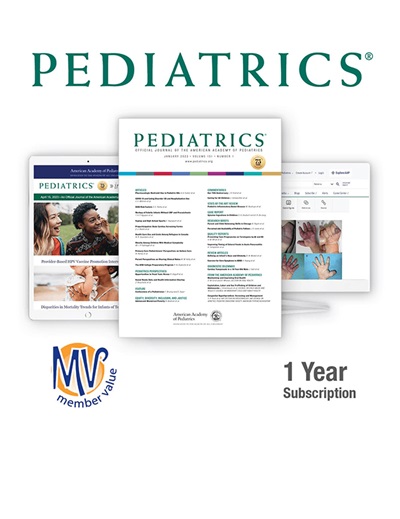美国儿科同时安宁疗护的现况。
IF 6.4
2区 医学
Q1 PEDIATRICS
引用次数: 0
摘要
《患者保护和平价医疗法案》(ACA)要求所有州的医疗补助计划为儿童和青少年的治疗和临终关怀服务支付费用。这篇特别文章报告的目的是量化和描述儿童同时护理的使用,包括根据美国社区临终关怀组织对障碍和好处的描述。来自50个州和华盛顿特区的295家临终关怀组织响应了全国居家护理联盟的号召。几乎四分之三的回应机构接受儿童同时接受照顾。平均38%(中位数为10%)的住院儿科患者接受并行护理。值得注意的是,缺乏与并行护理相关的多种报销模式。并行护理的定义侧重于护理地点和获得正在进行的治疗,而没有定义服务。回应倾向于强调法规/遵从性语言,而不是关注目标或伙伴关系。同时护理的挑战和障碍被定量和定性地描述为混乱、复杂、缺乏一致性、繁琐和不良的跨伙伴沟通。政策和报销模式的澄清是必要的,以提高这一覆盖范围对儿童及其家庭的潜在利益。由于ACA目前面临终止的风险,医疗补助面临资金减少的风险,儿科社区应该利用倡导改进的同步护理覆盖方法,这些方法要明确、一致,并同情地适应儿童及其家庭的需求。本文章由计算机程序翻译,如有差异,请以英文原文为准。
The State of Pediatric Concurrent Hospice Care in the United States.
The Patient Protection and Affordable Care Act (ACA) required all state Medicaid programs to pay for both curative and hospice services for children and adolescents. The purpose of this Special Article report is to quantify and describe the use of concurrent care for children, including a depiction of the barriers and benefits according to community-based hospice organizations in the United States. A total of 295 hospice organizations from 50 states and Washington, DC responded to the National Alliance for Care at Home call for engagement. Almost three-quarters of responding organizations admit children under concurrent care. An average of 38% (median 10%) of admitted pediatric patients are cared for under concurrent care. There was a notable lack of uptake of diverse reimbursement models relevant to concurrent care. Definitions of concurrent care focused on location of care and access to ongoing treatments without defining services. Responses tended toward an emphasis on regulatory/compliance language rather than goals of care or partnership focus. Challenges and barriers to concurrent care were quantitatively and qualitatively described as confusion, complexities, lack of consistency, cumbersomeness, and poor cross-partner communication. Policy and reimbursement model clarification is warranted to improve the potential benefits of this coverage for children and their families. As the ACA is currently at risk of discontinuation and Medicaid is at risk of decreased funding, the pediatric community should leverage advocacy for improved concurrent care coverage approaches that are clear, consistent, and compassionately attuned to the needs of children and their families.
求助全文
通过发布文献求助,成功后即可免费获取论文全文。
去求助
来源期刊

Pediatrics
医学-小儿科
CiteScore
12.80
自引率
5.00%
发文量
791
审稿时长
2-3 weeks
期刊介绍:
The Pediatrics® journal is the official flagship journal of the American Academy of Pediatrics (AAP). It is widely cited in the field of pediatric medicine and is recognized as the leading journal in the field.
The journal publishes original research and evidence-based articles, which provide authoritative information to help readers stay up-to-date with the latest developments in pediatric medicine. The content is peer-reviewed and undergoes rigorous evaluation to ensure its quality and reliability.
Pediatrics also serves as a valuable resource for conducting new research studies and supporting education and training activities in the field of pediatrics. It aims to enhance the quality of pediatric outpatient and inpatient care by disseminating valuable knowledge and insights.
As of 2023, Pediatrics has an impressive Journal Impact Factor (IF) Score of 8.0. The IF is a measure of a journal's influence and importance in the scientific community, with higher scores indicating a greater impact. This score reflects the significance and reach of the research published in Pediatrics, further establishing its prominence in the field of pediatric medicine.
 求助内容:
求助内容: 应助结果提醒方式:
应助结果提醒方式:


